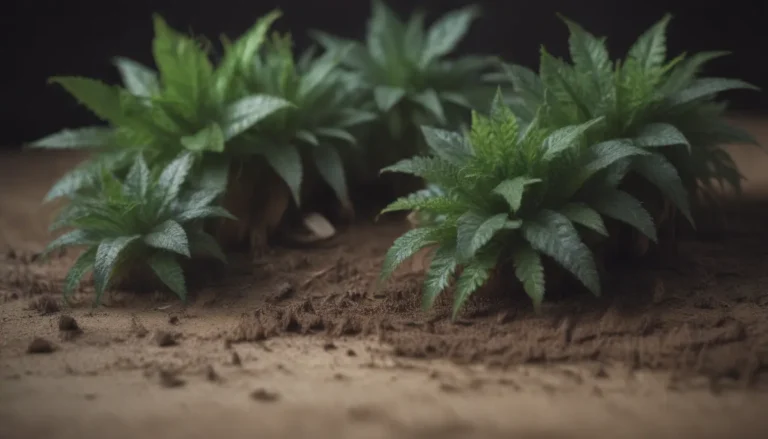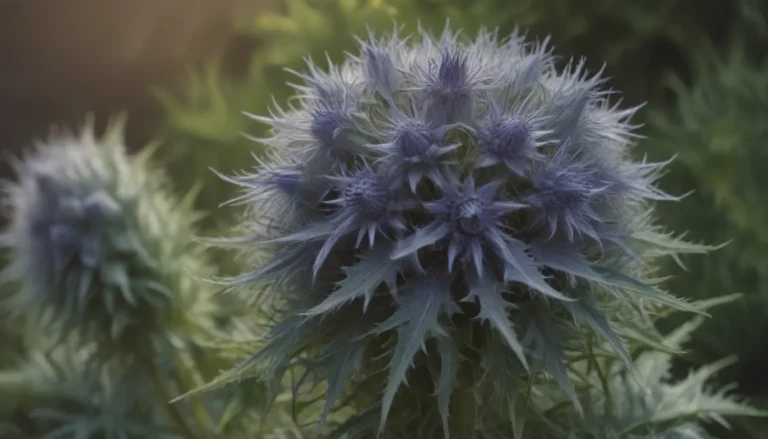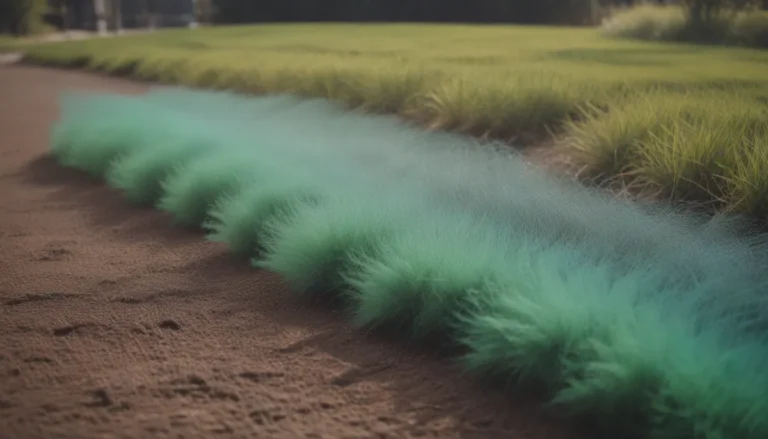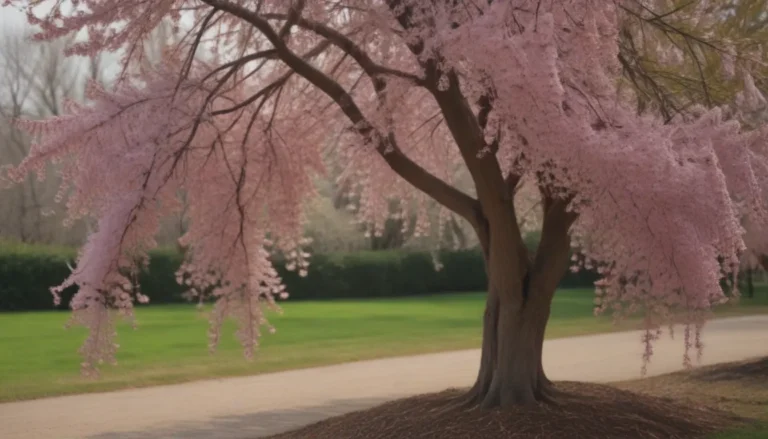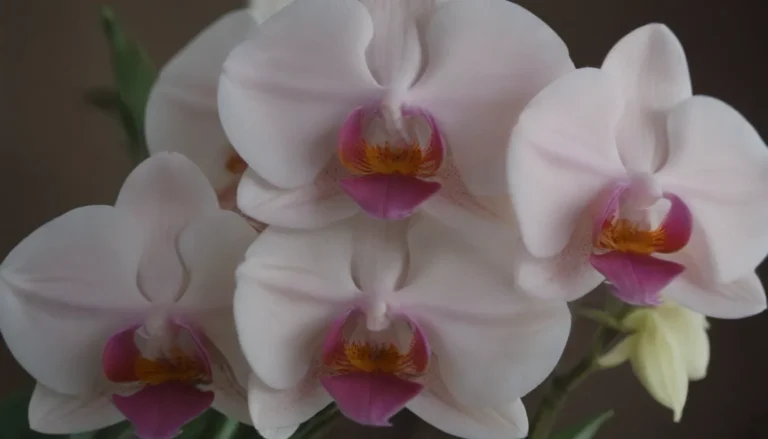Understanding and Resolving Leaf Scorching and Tip Burn in Houseplants
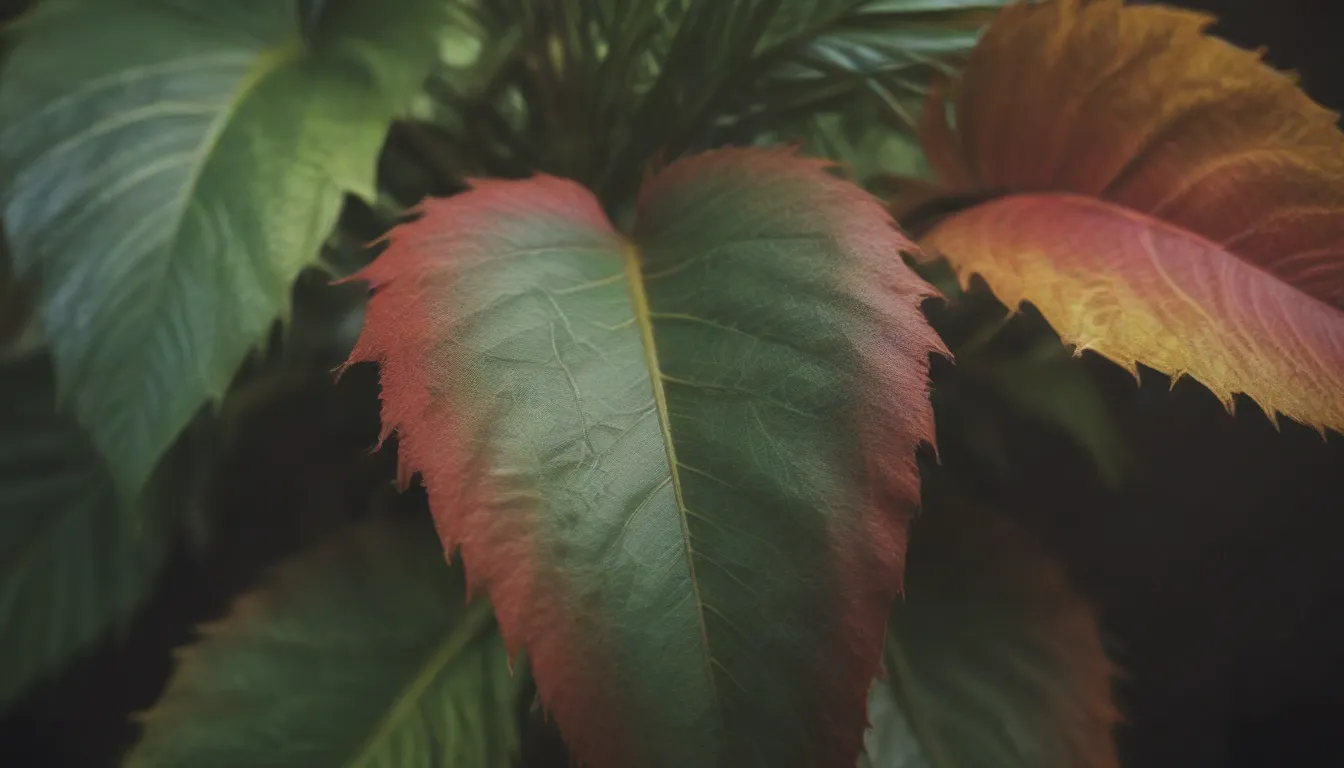
Leaf-tip browning can be a frustrating issue for plant enthusiasts, especially when it affects beloved houseplants like spider plants, tropical plants, and those with long, strappy leaves. It’s essential to recognize that leaf-tip burn is a symptom of a more significant problem rather than a standalone condition. Once your plant’s leaf tips have burned or become discolored, there’s no way to reverse the damage at that specific spot. The key is to address the underlying issue and create an environment conducive to healthy growth.
Identifying Leaf-Tip Burn Causes
When dealing with leaf-tip burn, it’s crucial to pinpoint the potential factors causing this condition. While it may not be immediately apparent, observing how the plant responds to changes can provide valuable insights. If new growth remains unaffected or the scorching ceases, you may have identified the root cause. Here are some common factors that can lead to leaf-tip burn:
-
Watering Issues: Erratic or insufficient watering, as well as low humidity levels, can contribute to leaf scorching. Tropical plants, in particular, require high humidity levels, typically between 60 and 100 percent. Central heated homes during winter often have humidity levels as low as 20 percent, which can be detrimental to these plants. Increasing humidity through methods like misting, using a pebble tray, or relocating the plant to a more humid area can help alleviate leaf scorching. Additionally, plants with strappy leaves face challenges in transporting water from roots to leaf ends, making them more susceptible to scorching.
-
Fertilizer Issues: Excessive fertilizer salts can also cause leaf scorching, especially if large doses are applied. If you notice scorching after feeding your plants heavily, flush the soil with clean water to remove accumulated salts. Be mindful of the amount and formulation of fertilizer you use in the future.
-
Cold Damage: Many houseplants are sensitive to cold, drafty conditions, particularly near winter windows. Cold damage often manifests first at the extremities of leaves, such as leaf margins and tips. If your tropical plants experience leaf scorching in winter, try to raise the temperature and humidity around them.
-
Sun Damage: Changes in sunlight exposure can lead to leaf scorching, with symptoms like yellowing or scorched spots on leaves. Placing plants against windows can amplify heat, causing leaf damage. Be mindful of light exposure changes and how they may affect your plants.
-
Chemical Damage: Household pesticides and cleaning chemicals have the potential to burn plants, albeit less commonly. Be cautious about the products you use around your plants to avoid chemical damage.
Resolving Leaf-Tip Burn
When it comes to addressing leaf-tip burn, focusing on correcting cultural conditions is key. Unlike fungal or bacterial diseases that affect the whole plant, leaf-tip burn is often a result of environmental factors. Here are some tips for managing and preventing leaf scorching in houseplants:
-
Prune Carefully: If only a portion of a leaf is affected by burn, it’s best to leave it be, especially if the plant is otherwise healthy. In severe cases where leaves are completely dry and brown, carefully trim them to prevent disease spread to the rest of the plant. Ensure to cut where necessary without harming healthy tissue.
-
Maintain Proper Care: While severe leaf burn may not have a cure, providing proper care such as deep watering and ideal growing conditions can support plant survival and continued growth. Healthy new growth can help replace damaged leaves over time.
-
Monitor Plant Health: Regularly check your plants for signs of distress and adjust care practices accordingly. Pay attention to watering schedules, humidity levels, light exposure, and fertilizer applications to prevent leaf scorching.
In conclusion, dealing with leaf scorching and tip burn in houseplants requires a proactive approach to identifying and addressing underlying issues. By understanding the causes of leaf-tip burn and implementing appropriate solutions, you can help your plants thrive and maintain their lush appearance. Remember to observe plant responses to changes and provide consistent care to prevent future leaf damage. With diligence and proper care, you can enjoy healthy, vibrant houseplants free from the annoyance of leaf scorching.
References:
– Diagnosing Poor Plant Health. Pennsylvania State University Extension, 2011
– Yellow Leaves Can Indicate Plant Problems. University of Illinois Extension Website
